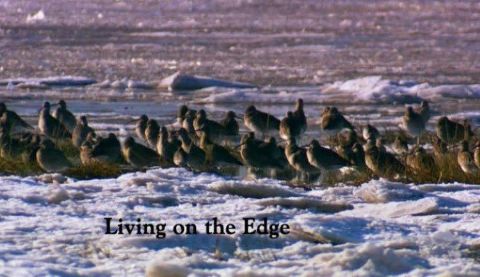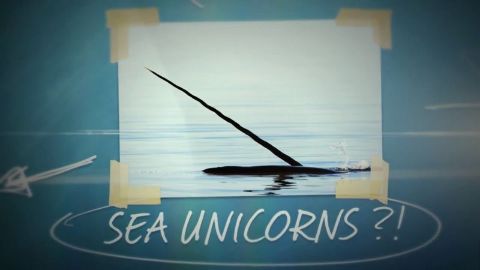Yellowstone: Wildest Winter to Blazing Summer • 2016 • 3 episodes •
Patrick follows the grizzly bears that are taking a risk with the weather by leaving their winter dens early. Hungry wolves are struggling to bring down their elk prey in the unusually shallow snow. And for great grey owls, it is the iciness of the snow that is hampering their hunts. Yellowstone's winter is always one of the most brutal on the planet. But 2016 saw weather records broken, and the wildlife was forced to adapt to survive. Kate Humble gets to grips with the science behind this remarkable season, from understanding the importance of the snowpack's structure as the melt begins to uncovering why Yellowstone's unique geology poses problems for some grazer's teeth.
2016 • Nature
The story of animals surviving one of the harshest seasonal changes on the planet continues. As winter turns to spring, temperatures rise and Yellowstone bursts into life. Beavers feast on new green shoots, baby bison take their first faltering steps and grizzly bear cubs emerge from dens to explore this new green world. But spring is also a perilous time. Wolves are hungrier than usual after slim winter pickings. And rising temperatures melt the vast mountain snow pack, sending a million tons of water flooding into the rivers. Only the toughest will survive.
2016 • Nature
The story of animals surviving one of the harshest seasonal changes on the planet continues. It is summer and the Yellowstone beavers have a new challenge. Will the young survive as the river dries up and the colony is forced to move home? As food becomes scarce, wolves have a surprising strategy to keep their pups fed and grizzly bears are unexpected visitors on a cowboy ranch. By midsummer, the hot dry conditions create a new danger - deadly wildfires burn out of control and threaten to engulf a family of great grey owls. 2016 was the hottest year on earth since records began, and across Yellowstone scientists reveal the effects of rising temperatures on the animals that live here.
2016 • Nature








